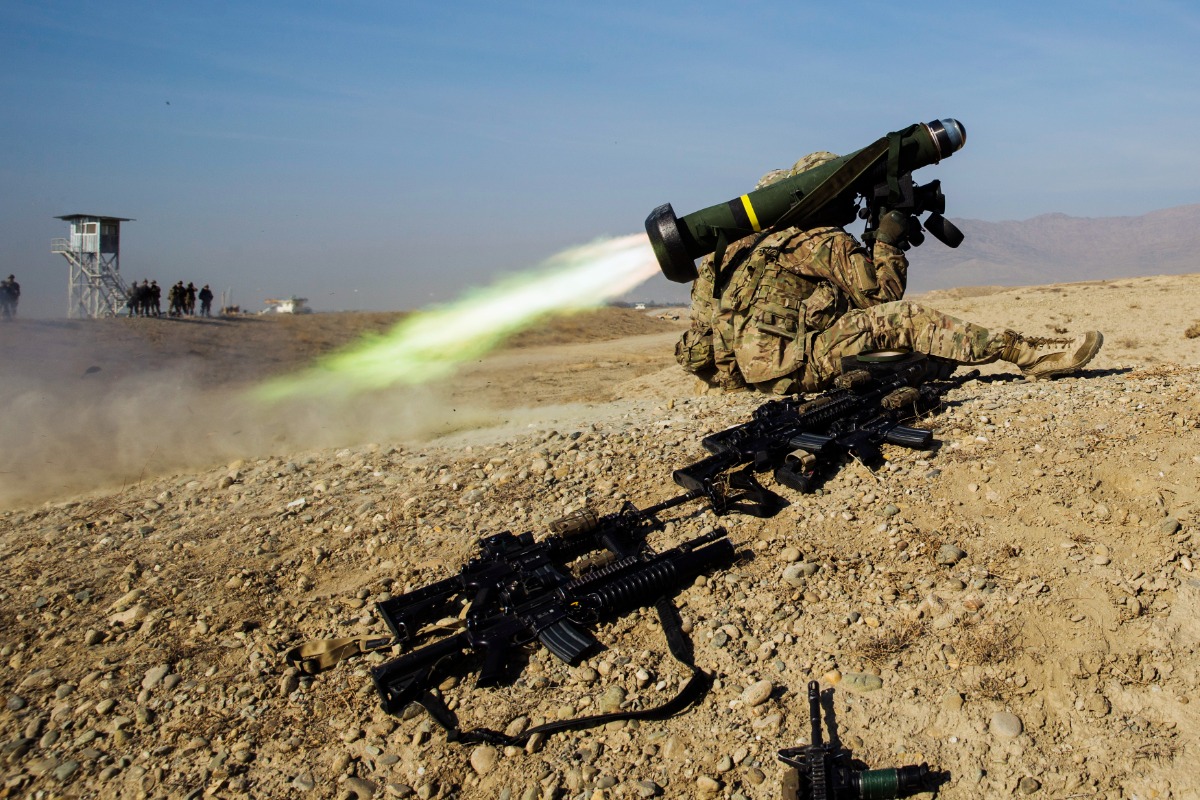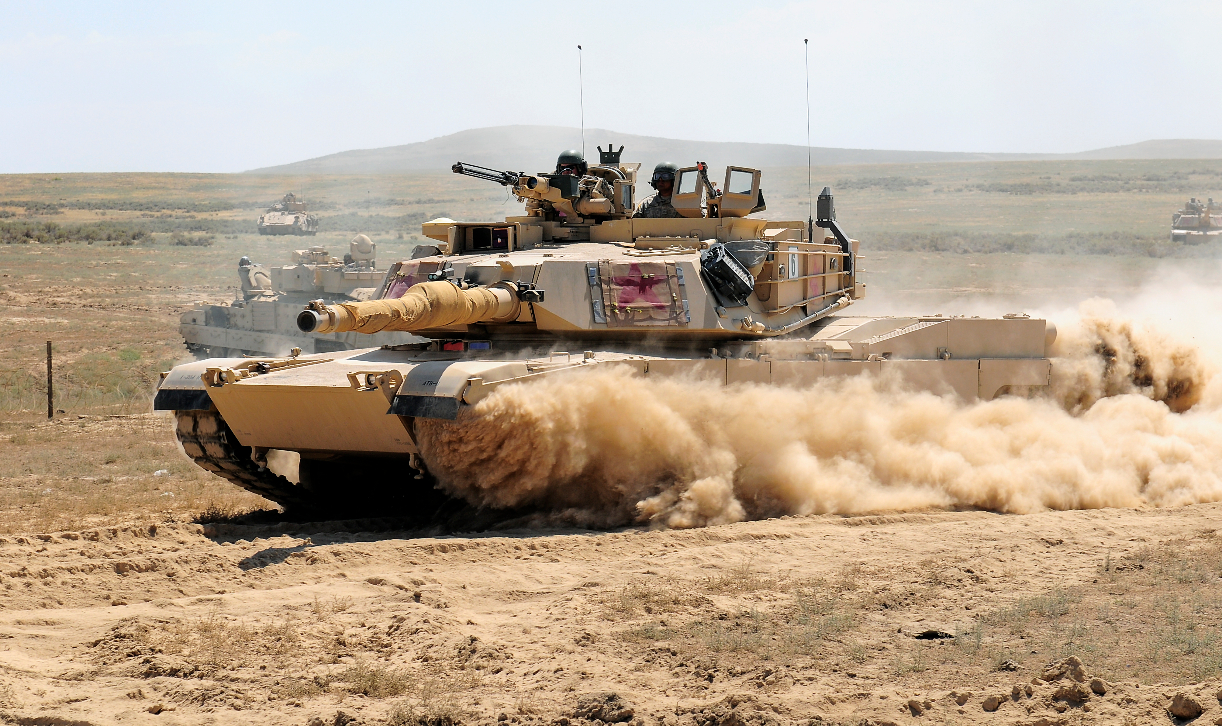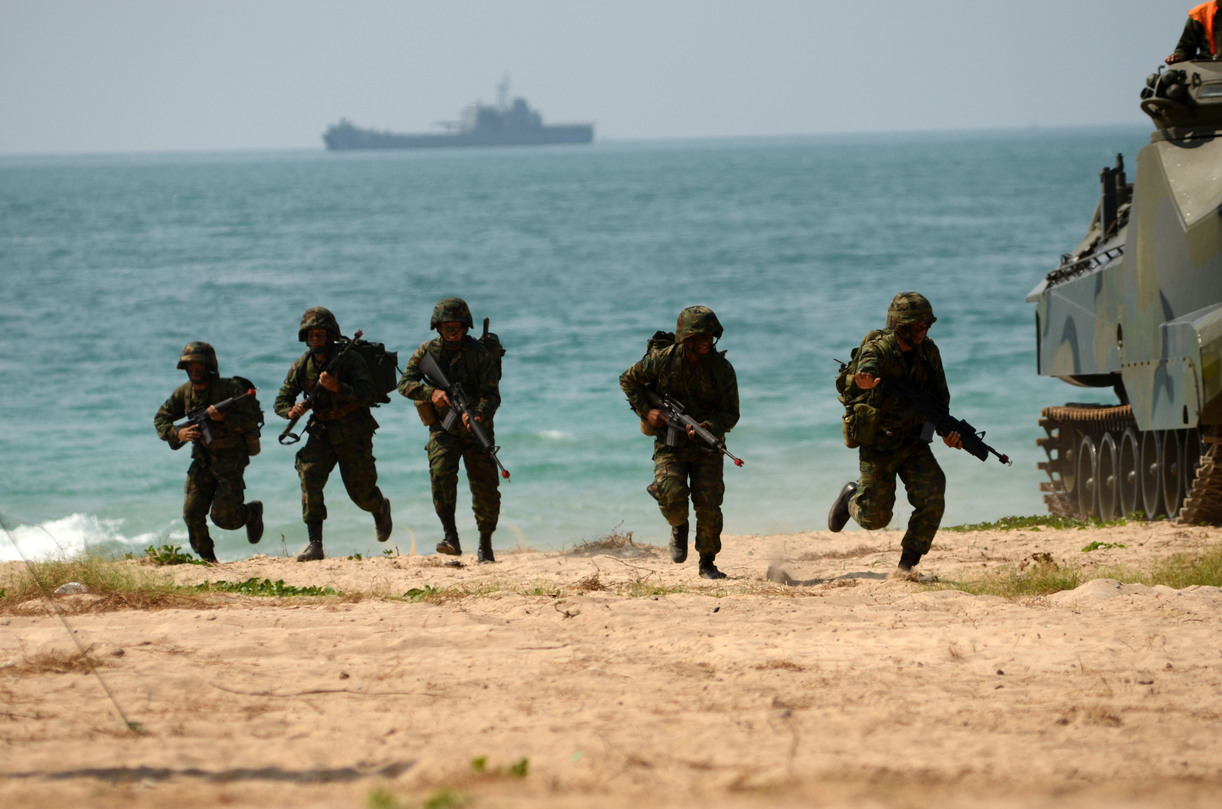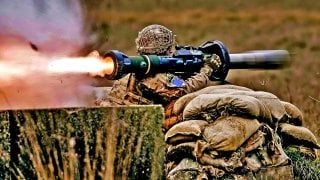Can the U.S. Defend South Korea and Taiwan Simultaneously?
The U.S. currently lacks the military capability to defend South Korea, Taiwan, and other allies simultaneously. To ensure security in Northeast Asia, the U.S. needs to increase its military investments and enhance allied cooperation.
Summary: The U.S. currently lacks the military capability to defend South Korea, Taiwan, and other allies simultaneously. To ensure security in Northeast Asia, the U.S. needs to increase its military investments and enhance allied cooperation.

-This includes augmenting both conventional and nuclear forces and developing a clear strategy to deter adversaries.
-The U.S. has shifted from building forces capable of defending two theaters simultaneously, relying instead on strategic ambiguity.
-However, growing threats from adversaries like China and North Korea necessitate a return to more robust military preparations and enhanced alliances.
-South Korea, in particular, needs to bolster its military capabilities, including improved reserve training and air force dispersal strategies.
The United States right now lacks the military capabilities needed to defend South Korea, Taiwan, and other allies all at the same time. Defending its allies and partners in Northeast Asia will require greater U.S. military investment and greater allied cooperation.
The Urgent Need for Enhanced U.S. Military Investment in Northeast Asia
The United States should significantly augment both the quantity and quality of its conventional and nuclear forces, both at home and in the region. It must also enhance its commitments and strategies for dealing with foreign challenges, convincing adversary leaders that they will not find U.S. and allied gaps to exploit.
In recent decades, the United States has abandoned building military forces, supplies, and logistics capable of defending even two theaters simultaneously – doing so is viewed as just too expensive. Washington bet on strategic ambiguity to deter adversaries while maintaining significant but limited military capabilities. In the post-Cold War era, where no major adversary posed a serious threat to the United States, that approach worked well enough, and it allowed the U.S. to moderate its military expenditures.
But times have changed. Declared adversaries of the United States are pursuing substantial military capability enhancements. Meanwhile, the United States is struggling to maintain existing military capabilities in bulk. For example, the United States deferred nuclear force modernization for several decades despite adversary modernization programs. The planned U.S. modernization program reduces the number of U.S. strategic nuclear weapons. A recent bipartisan congressional commission found the program inadequate.
To meet its global security requirements, the current U.S. administration has been quite clear that it needs global allies and partners. This is especially true relative to Chinese threats, against which the United States requires allied assistance in both military and economic terms. But the U.S. will not have the needed allies and partners unless it also commits to their national security.
Some U.S. voices are turning away from allies and partners. For example, some feel that the United States should substantially reduce its security commitments to South Korea and give Seoul the responsibility for maintaining its security against North Korea. But doing so could well convince the South Koreans to not support the United States in dealing with China, and that would not be in the U.S. interest. Alliances are designed to achieve mutual security, not just U.S. security.
To manage growing adversary threats, the United States and its allies and partners each need to significantly enhance their own military capabilities, then work closely together to integrate those capabilities. While it might be tempting to defer military improvements because of the financial cost, like the United States did before World War II, in future conflicts the U.S. is unlikely to have the kind of recovery period it had in the early years of World War II to rebuild its military capabilities and industrial base. It may have no recovery period at all.

Some U.S. adversaries appear to be searching for U.S. and allied capability gaps. Thus in 2024 North Korea has claimed successful hypersonic missile tests; it hopes these missiles will overcome U.S. missile defenses. Fortunately, the United States already has some Patriot capability against such threats, while the U.S. and Japan have agreed to develop interceptors to counter hypersonic glide vehicles. But these capabilities will not be cheap.
In June 2023 the United States released a National Intelligence Estimate extract that suggests North Korea is most likely to use its nuclear weapons for coercive purposes. Washington faced a similar concern in the 1970s. It worried that the Soviet Union might employ limited nuclear attacks against the United States, with the Soviets hoping their nuclear capabilities could deter a massive U.S. retaliation. In response, the United States developed limited nuclear options (LNOs) that allowed a U.S. president to respond proportionally to any Soviet limited nuclear attack while imposing unacceptable costs on the Soviet Union. Threatened LNO abilities helped deter such Soviet attacks.
The United States once again needs a declaratory nuclear doctrine and strategy that includes LNOs.
On the South Korean side, its biennial Defense White Paper has for decades argued that to defend South Korea, the United States would provide 690,000 troops and 2,000 aircraft, among other resources. This has been an exaggeration for many years. But it helped South Korea feel comfortable reducing its army from 560,000 active duty personnel to 365,000 in 2022. That number has fallen further since then, the result of both unfavorable demographics and of political decisions to reduce the amount of time draftees must serve.
While South Korea’s army has a large number of reserve personnel, almost all of those reserves train no more than three days a year. That is not nearly enough to develop the unit cohesion needed for most military operations – including stabilization of North Korea, should South Korea-led unification ever become a reality.
Expanding the active-duty manpower of the South Korean army is neither demographically nor politically feasible. Thus, as I have argued before, the Republic of Korea Army needs a two-track reserve system: one track as done currently, and another where reserve soldiers are trained more like U.S. Army reserve personnel. American reserves train one weekend a month and two weeks each summer, or roughly 10 times the current annual level of South Korean army reserves.
Reservists would be allowed to choose their track, with those selecting the second track receiving a government scholarship that covers their college tuition even through graduate school. These reservists could then be trained to join active-duty army units when mobilized, substantially augmenting those forces.
South Korea’s Defense Reform 2020 plan, adopted in 2005, sought a turn to technology to deal with anticipated reductions in South Korean military manpower. It planned a total defense budget of 621 trillion won between 2006 and 2020 to cover all defense costs. Yet by 2020 the Ministry of National Defense had received only 522 trillion won, about 100 trillion won short of the plan. And because manpower costs actually increased, much of the reduction came out of South Korean military acquisition, significantly reducing the tradeoff between planned technology and manpower.
Many of South Korea’s limited military technology advances have favored the Republic of Korea Air Force – the U.S. F-35 and the Korean KF-21 fighter aircraft are examples. This approach made sense in confronting North Korea, allowing airpower to offset ground force reductions. But the growing North Korean nuclear threat makes much of that capability vulnerable, because it is largely located at a small number of airfields. Indeed, North Korean leader Kim Jong Un has been very clear that those airfields would be targets for nuclear weapons in future conflicts.
To counter this threat, South Korea’s air force needs to disperse at least some of its combat aircraft to civilian airfields even in peacetime, increasing the locations that a surprise North Korean nuclear attack would have to neutralize. It could man these dispersal airfields primarily with ROK Air Force reserve personnel who serve more days each year, like in the second-track army reserve proposed above. Highway landing strips could also be developed around both its main combat air bases and these dispersal air bases, as was done with the Swedish BAS 90 program during the Cold War. This would provide even greater air force resilience in a conflict.

The enhanced defense programs suggested here would cost money. But in a world where adversaries are increasing their military capabilities and presenting greater threats, the deterrence required for peace demands advanced, credible U.S. and allied capabilities. Abandoning the security of some U.S. allies to make up for inadequate U.S. and allied military investments is a dangerous, short-sighted approach.
About the Author: Dr. Bruce W. Bennett
Bruce W. Bennett is a senior international/defense researcher at RAND, a nonprofit, nonpartisan research institution. He works primarily on research topics such as strategy, force planning, and counterproliferation within the RAND International Security and Defense Policy Center.
All images are Creative Commons.


